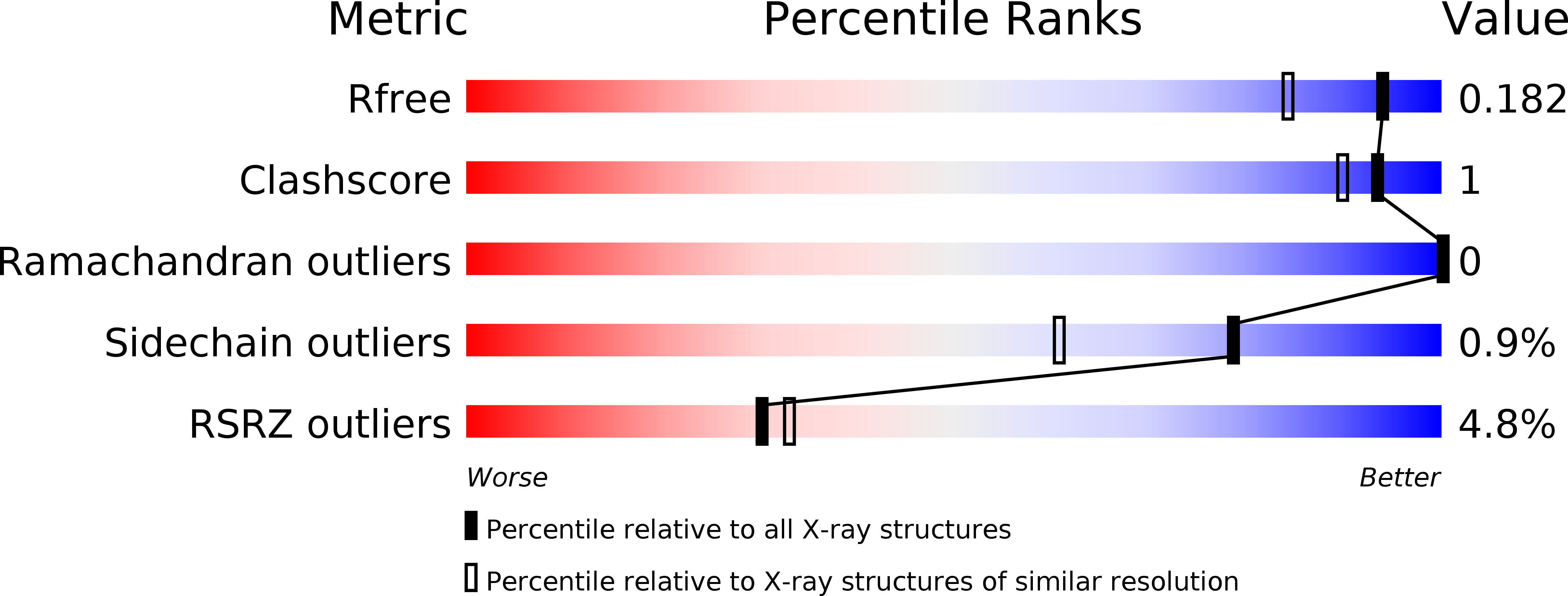
Deposition Date
2017-06-29
Release Date
2018-04-11
Last Version Date
2024-11-06
Entry Detail
PDB ID:
5OBT
Keywords:
Title:
Fully activated A. thaliana legumain isoform gamma in complex with Ac-YVAD-CMK
Biological Source:
Source Organism:
Arabidopsis thaliana (Taxon ID: 3702)
synthetic construct (Taxon ID: 32630)
synthetic construct (Taxon ID: 32630)
Host Organism:
Method Details:
Experimental Method:
Resolution:
1.50 Å
R-Value Free:
0.18
R-Value Work:
0.15
R-Value Observed:
0.15
Space Group:
P 1 21 1


